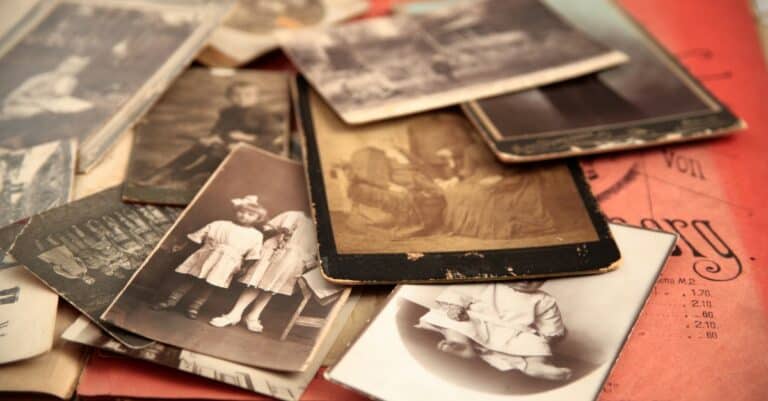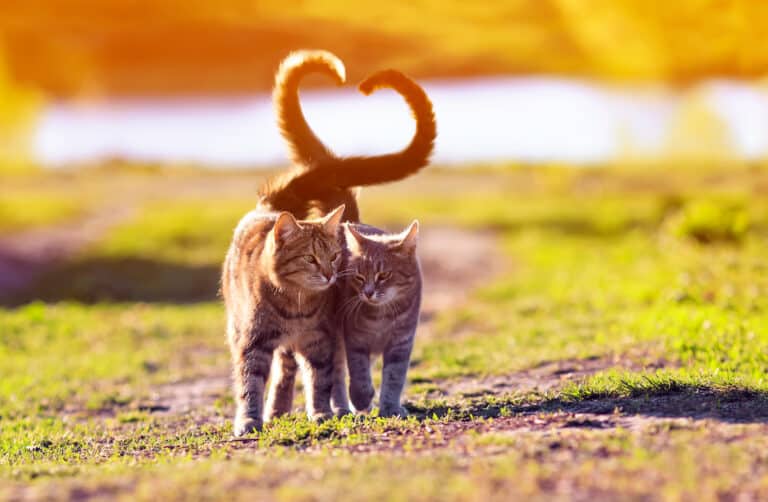Hearts and Heroes: The History of Valentine’s Day

Although Valentine’s Day is thought to be based on the legend of Saint Valentine, the truth is that it’s a holiday shrouded in mystery. Read more to learn all about the history of Valentine’s Day and how it has changed over the years.
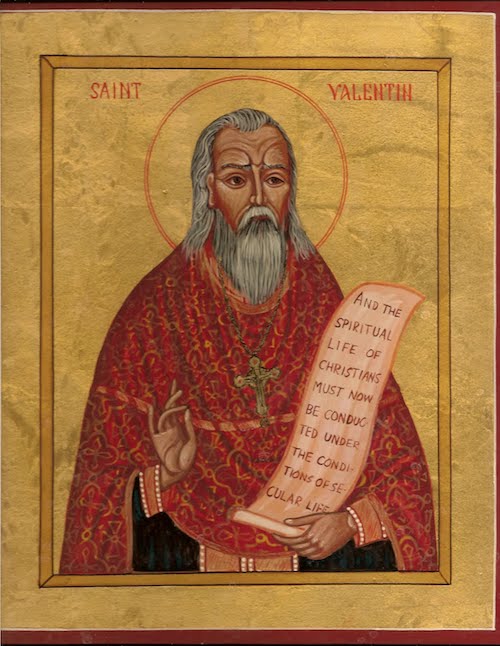
Valentine’s Day is a time to express your feelings. Whether you celebrate with friends or loved ones, or you’re just in it for the sweet treats (can I get an amen?), this little history lesson may change the way you think about the holiday.
The Priests of 3rd Century Rome
One legend tells the tale of a priest named Valentine who lived in 3rd century ancient Rome. Emperor Claudius II declared that single men were more valuable as soldiers, so he outlawed marriage for young men. In defiance of the injustice, Valentine continued performing marriages in secret. When the emperor discovered him, he gave orders for Valentine to be executed. Some insist that Valentine was the bishop, St. Valentine of Terni, who Claudius II also put to death outside of Rome. Scholars are uncertain about which man bears the true namesake of the holiday, as Claudius II executed them both on February 14th (of different years), and both became martyrs. Most likely, people combined and interwove legends over the years. There was so much confusion about the true origins that the Catholic Churchdiscontinued official liturgical veneration of St. Valentine in 1969.
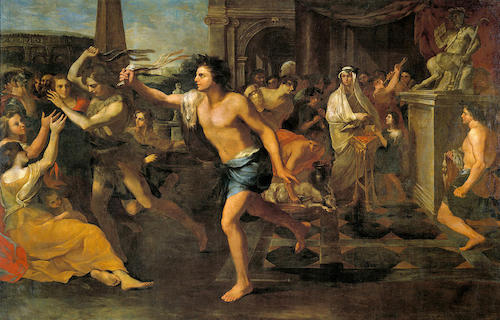
The Roman History of Valentine’s Day
The Romans loved their holidays. They celebrated the feast of Lupercalia from February 13- February 15. Fair warning: things got a little wild. The Romans celebrated Lupercalia as a fertility festival dedicated to Faunus, the god of agriculture, and Romulus and Remus, the founders of Rome. In a drunken and naked state, men would sacrifice goats and dogs, then whip the women using the hides of the sacrificed animals. Women were willing participants, as they believed it would help them with fertility. The wild celebration included a matchmaking lottery of sorts. Young men would draw names of women from a jar and if they were compatible they would be “paired” together for the duration of the festival, and sometimes would result in a marriage.
The New Valentines Day
Pope Gelasius I made a decision in the 5th century to effectively end Lupercalia by making February 14th the Festival of Saint Valentine. This was in hopes of expelling the wild pagan rituals of ancient Rome. What happened? A merging of tradition with similar elements of the festival, but with just a little bit more clothing involved.
For the Birds?
During the Middle Ages, people in France and England believed February 14th to be the beginning of the mating season for birds. This may have also contributed to the day becoming a celebration of love and romance. Geoffrey Chaucer first recorded St. Valentine’s Day as a day of romantic celebration in his 1375 poem, “Parliament of Foules.” He wrote, “For this was sent on Seynt Valentyne’s day / Whan every foul cometh there to choose his mate.”
The History of Valentine’s Day Cards
The first known Valentine is in the form of a poem, written by Charles, Duke of Orleans in 1415. He wrote the poem to his wife from the Tower of London after being imprisoned following the Battle of Agincourt. In 1477, Margery Brewswrote the first known English valentine to her flighty fiancee. Both valentines are still in the British Library in London. Handmade paper cards began to increase in popularity in Europe in the Middle Ages, especially with artists like William Shakespeare and Chaucer who romanticized the holiday in their works. Into the Victorian Era, European lovers sent mostly enormous handmade, hand-printed creations to celebrate the holiday.
Valentine’s Day Takes Off
What about Valentine’s Day in the United States? How did we get to this point of heart-shaped boxes of chocolates, red roses, and chalky candy with little phrases printed on them? The history isn’t entirely clear, but there are a few legends that point to the holiday’s roots.
The Mother of the Valentine
Most historians most closely associate the tradition of postmarking love letters on Valentine’s Day in the United States with Esther Howland from Dorchester, Massachusetts. In 1849, she began selling elaborate creations with scrap lace, ribbons, and colorful pictures modeled after a valentine sent to her from an English friend. Her brother took some samples on a sales trip and returned with an astonishing $5,000 worth of orders. What started out as a small business ended up earning around $100,000 annually. This earned her the title, “The Mother of the Valentine.” Her business grew to employ assembly lines of women to manufacture the cards each year before the holiday.
Esther’s uniquely designed cards separated hers from her competitors’. She had many variations such as including multi-layers of paper or flaps to lift. Esther Howland was an entrepreneurial pioneer and essentially sparked a commercial demand for the paper greetings that revolutionized Valentine’s Day.
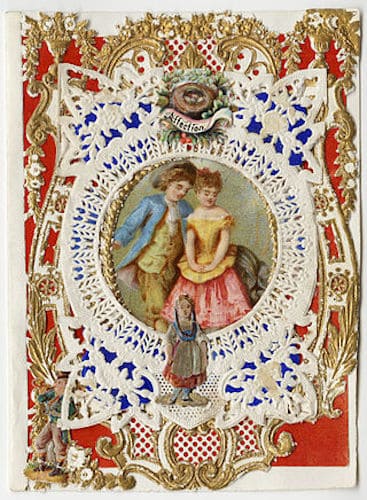
The Modern History of Valentine’s Day
Your Valentines Day Traditions
How does your family celebrate Valentine’s Day? Cards? Flowers? Cookies? Chocolates? Let us know down in the comments. And download FamilyApp today to share some love this Valentine’s Day with the ones closest to you!
By the middle of the 18th century, it was common for all social classes to exchange small tokens of affection or handwritten notes with their friends or loved ones. With printing technology improvements of the late 1700s, printed cards began to replace written letters into the 18th and 19th centuries. Valentines provided a way for people to express their emotions during a time when not many communicated their feelings.
Now, The Greeting Card Association estimates that people send 145 million Valentine’s Day cards each year. The modern valentines have a different look than their predecessors: sleek, printed, and usually clever or sentimental. The National Retail Federation estimates that consumers will spend roughly 20.7 billion on Valentine’s Day this year, topping revenues of Easter and Halloween.
